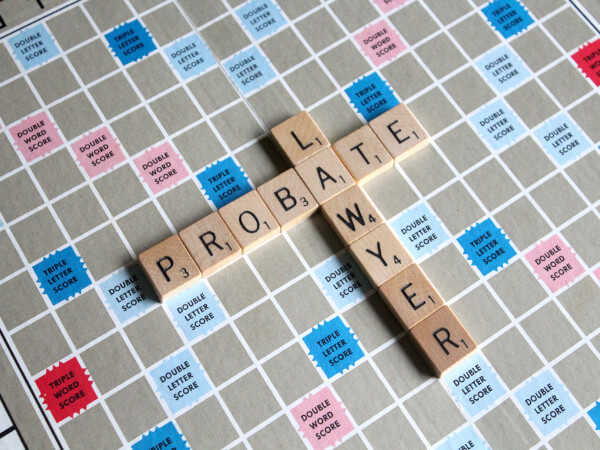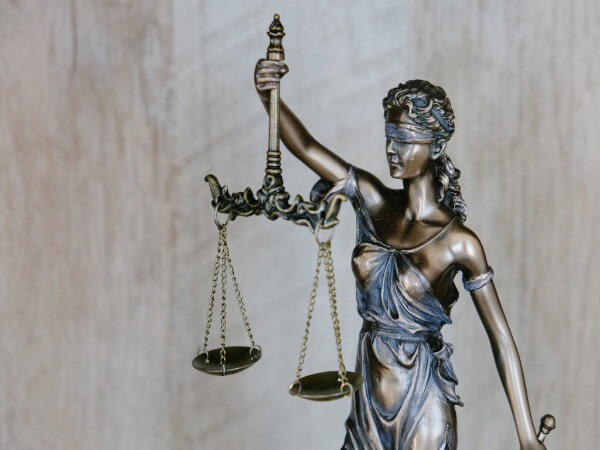Day: October 15, 2021
Calming Down an Angry Client
As much as we like to believe that if we do everything well, our clients will always love us, it’s just not true. Here are 10 steps to soothe an angry client. You know the scenario. It’s the end of the day. The phone rings and you pick it up, knowing you really shouldn’t. You should just let it go to voicemail, pack up your laptop, and go home. “What the bleep is this?” “What the bleep is this?” are the first words you hear. It’s your angry client. The one for whom you’ve worked like a dog, around the clock, for the past two weeks. It seems this month’s bill has arrived and he’s in flames! Now what? First, Just Breathe. Then Try NOT To: Argue with him about it.Tell him it is someone else’s fault.Ask him to call you back tomorrow.Hang up on him. Sometimes that lawyer training works exactly against you when you are confronted by a client. (Or your spouse, your assistant, a delivery driver, the doctor’s office …) These are not situations to be won or lost. You can claim success when you calm the client and neutralize the conflict. So, after taking that breath, ask yourself what the client wants. You’ve been angry about a service provider’s performance before. What did you want? It’s One or More of a Fairly Standard List: To be listened to.To be treated with respect.To be taken seriously.An immediate response.To make sure it doesn’t happen again.To avoid blame from someone else in your organization. Research has shown that first impressions are made up of 55% visual cues (body language), 38% vocal (tone of voice), and only 7% verbal (words.) One expert estimates that the percentages shift significantly when you communicate over the phone, to 82% vocal and 18% verbal.
Read MoreJ&K&L HC quashed defamation complaint filed against media-persons
The Jammu & Kashmir and Ladakh High Court, while hearing a defamation complaint filed against Editor-in-Chief of Republic TV Arnab Goswami and journalist Aditya Raj Kaul, made an observation that reporting of allegations levied against official duties of public figures does not amount to defamation. The complaint had been filed by Peoples Democratic Party’s (PDP) senior leader, Naeem Akhtar, in the year 2018 wherein it had been alleged that the Republic TV had broadcasted a news segment revolving around Khalid Jahangir’s letter which did not include complainant’s name yet the Editor-in-Chief had intentionally and deliberately mentioned his name while reporting about the same. The letter included allegations of corruption and favoritism, and the complainant alleged that the anchors and journalist of Republic TV repeatedly mentioned his name in connection to the allegations raised in the letter. The bench denied the allegations and stressed upon the duty of press to bring before the viewers’ news of day-to-day events relating to those public figures whose actions affect the public at large. Furthermore, the bench observed that in cases where journalist publishes true report in respect of a public figure and their public functions, which already remain in public domain, it could not be said to be an intentional act to harm the reputation of such public figure. The bench stated that publication of charges which concern public duties of a public figure and have already been recorded in a letter which is also in public domain, would amount to an unreasonable restriction on the freedom of press guaranteed under Article 19(1)(a) of the Constitution of India. It also highlighted that mens rea, a condition precedent to constitute the offence of defamation, had been absent in order to prove the intention or knowledge on part of accused to harm the reputation of complainant.
Read More






